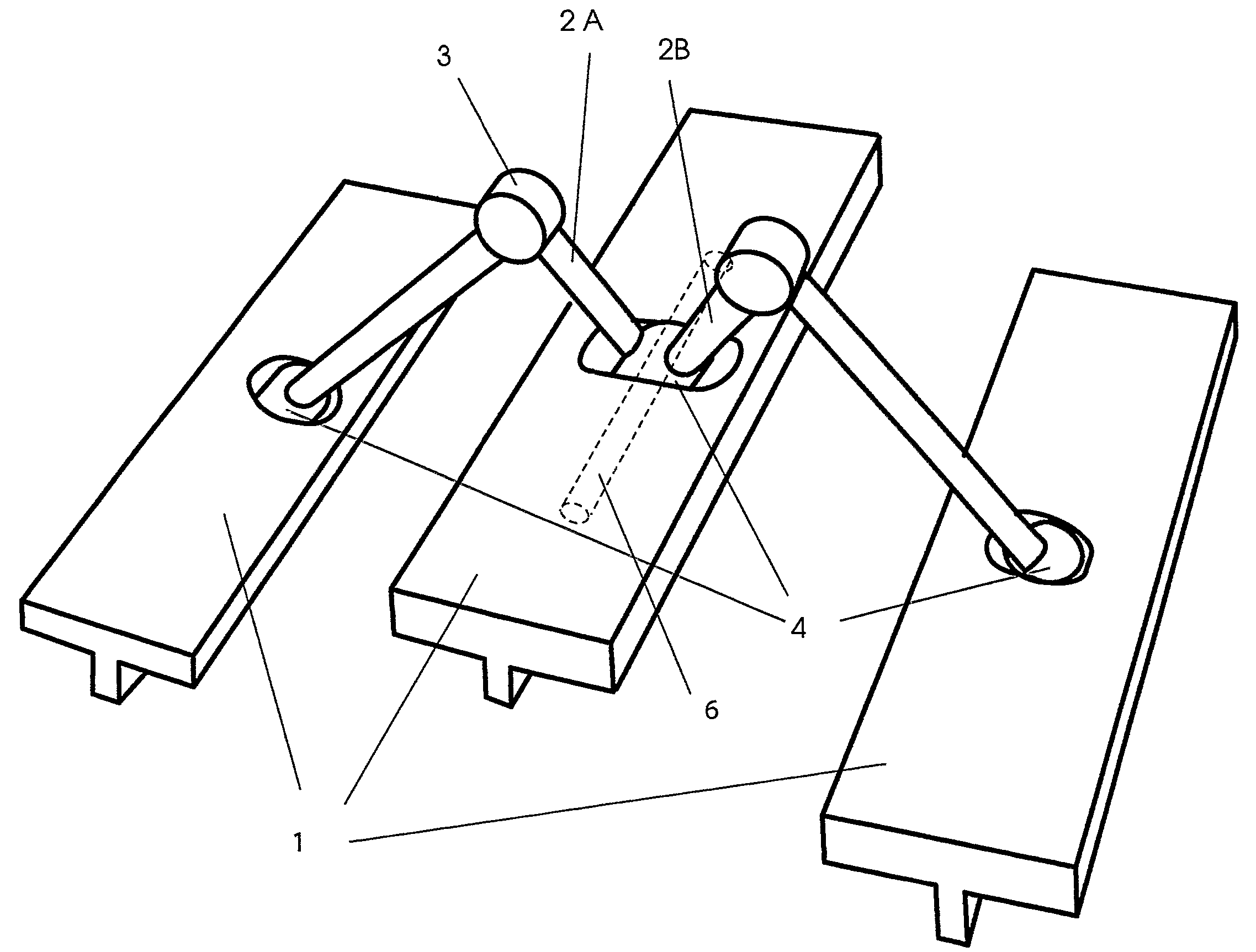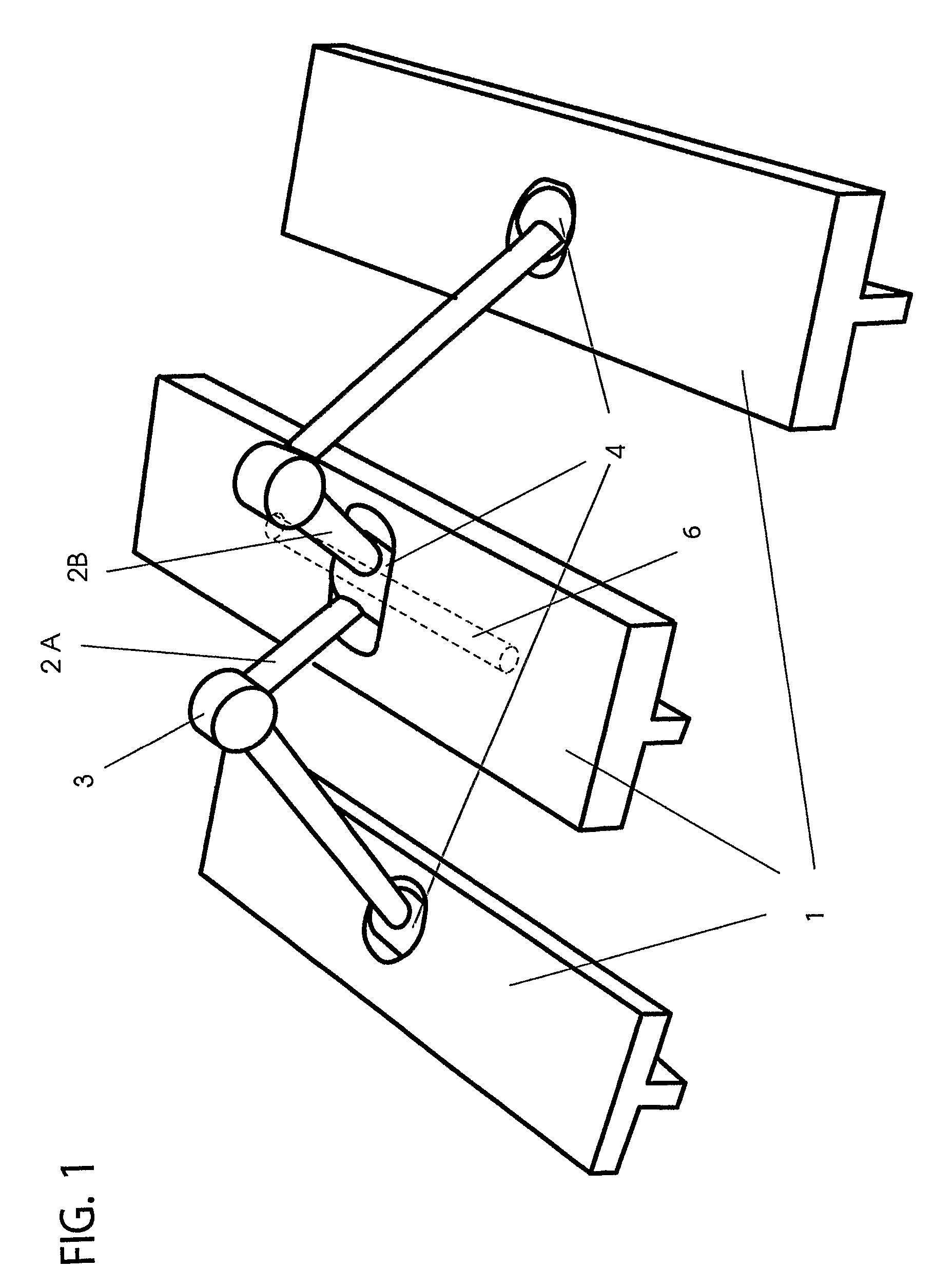Multiphased and multidimentional wave converter
a multi-phase and multi-dimentional wave technology, applied in the direction of electrical equipment, control systems, sea energy generation, etc., can solve the problems of short operating life, excessively high electricity price, and no of the technical solutions disclosed in the disclosures, so as to improve the strength of the structure, and reduce the cost of operation
- Summary
- Abstract
- Description
- Claims
- Application Information
AI Technical Summary
Benefits of technology
Problems solved by technology
Method used
Image
Examples
Embodiment Construction
[0019]The water moves each single buoyant element around in its own special phase of the wave, and energy is produced from the forces in the relative motions between each buoyant element and the two next elements (or one at either side) in a chain thereof. The buoyant elements move both vertically and horizontally, and they move in a circular, elliptical or other curvilinear motion whilst rotating about the axes thereof. The phase difference between the motions of each one of these buoyant elements, and also those of other elements, produces this (relative) energy. Yet further, each successive buoyant element assembled within a chain, harvests the energy of a new phase of the wave.
[0020]Insofar as several successive buoyant elements experience different phases of the wave, the wave converter will exploit the relative difference in motion between the buoys in order to harvest the energy of the waves. The wave converter may exploit energy from several wave spectra from several directi...
PUM
 Login to View More
Login to View More Abstract
Description
Claims
Application Information
 Login to View More
Login to View More - R&D
- Intellectual Property
- Life Sciences
- Materials
- Tech Scout
- Unparalleled Data Quality
- Higher Quality Content
- 60% Fewer Hallucinations
Browse by: Latest US Patents, China's latest patents, Technical Efficacy Thesaurus, Application Domain, Technology Topic, Popular Technical Reports.
© 2025 PatSnap. All rights reserved.Legal|Privacy policy|Modern Slavery Act Transparency Statement|Sitemap|About US| Contact US: help@patsnap.com



